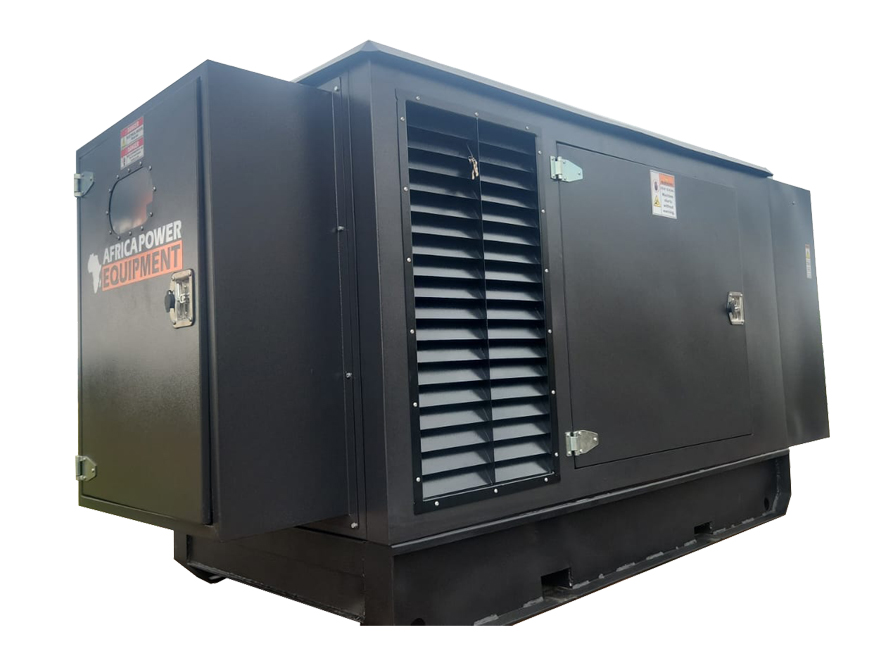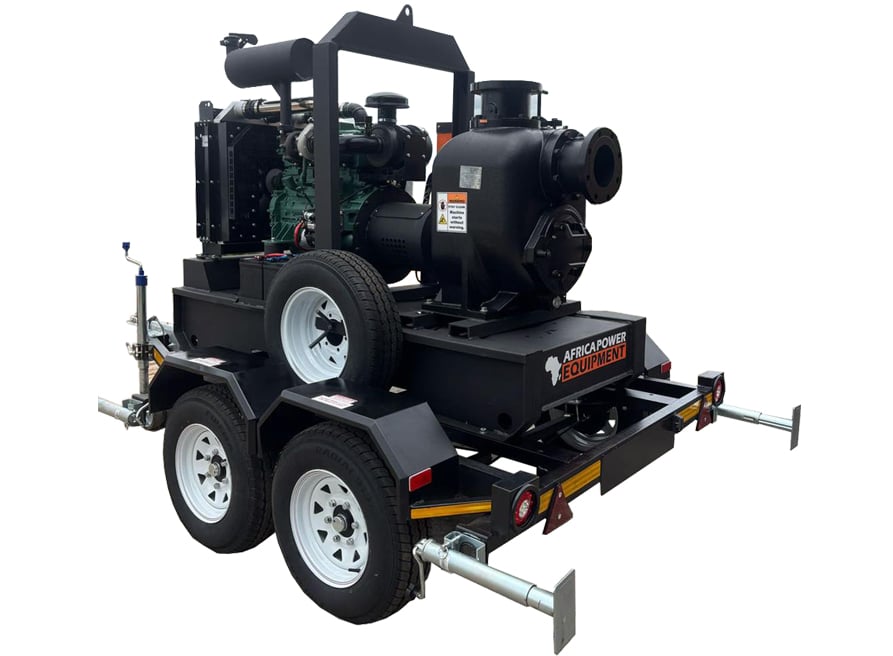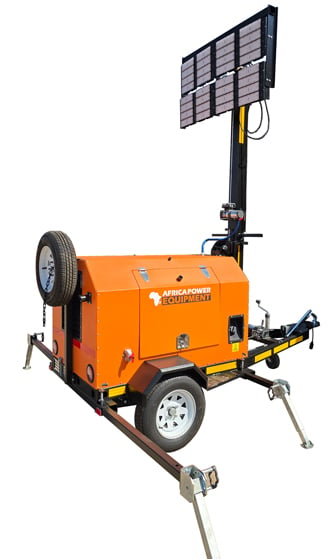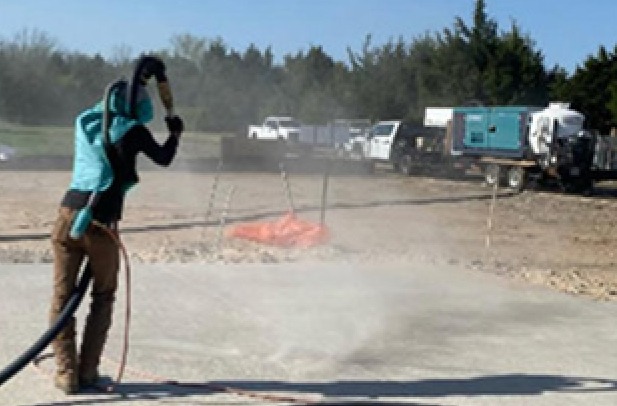What Size Air Compressor Do I Need for My Tools?
If you’re planning to run power tools using an air compressor, choosing the right size is crucial. An undersized unit can cause tools to underperform or stall, while an oversized one may waste energy and money. This guide breaks down how to determine the correct air compressor size based on your specific tool requirements.
Quick Answer:
To choose the right air compressor size, match the compressor’s CFM (cubic feet per minute) and PSI (pounds per square inch) to the highest demand tool you’ll use, and add 30–50% extra capacity. For basic tools like nail guns, a small 2–6 CFM compressor is enough. For sanders or spray guns, you may need 10+ CFM and a larger tank.
1. Understand the Key Specs: CFM and PSI
✅ CFM (Cubic Feet per Minute)
-
Measures air volume a compressor delivers.
-
Each air tool has a required CFM rating to operate properly.
✅ PSI (Pounds per Square Inch)
-
Measures air pressure.
-
Most tools operate around 90 PSI, but check your tool’s specs.
✅ Tank Size
-
Measured in litres or gallons.
-
A larger tank (e.g. 100L) stores more air, reducing motor cycling and helping with high-CFM tools.
2. Match Tools to Air Compressor Requirements
Here’s a breakdown of common air tools and their average CFM needs at 90 PSI:
| Tool | Average CFM | Recommended Compressor Tank Size |
|---|---|---|
| Brad Nailer | 0.5 – 1.0 | 20–30L |
| Impact Wrench (1/2”) | 4.0 – 5.0 | 50–100L |
| Paint Sprayer | 6.0 – 7.5 | 100L+ |
| Angle Grinder | 5.0 – 8.0 | 100L+ |
| Die Grinder | 4.0 – 6.0 | 100L+ |
| Orbital Sander | 6.0 – 9.0 | 150L+ |
| Air Hammer | 4.0 – 5.0 | 100L |
| Air Drill | 3.0 – 6.0 | 50–100L |
🧠 Tip: Always choose a compressor with 30–50% higher CFM than your highest-demand tool for best performance.
3. Types of Air Compressors
🔹 Piston Compressors
-
Common for DIY and commercial work
-
Available in single-stage and two-stage options
-
Slower refill but higher pressure output
🔹 Rotary Screw Compressors
-
Ideal for industrial or continuous use
-
Quieter, more efficient, and suitable for high-CFM operations
🔹 Portable Compressors
-
Lightweight and easy to move
-
Best for small tools like brad nailers
🔹 Stationary Compressors
-
Higher tank and motor size
-
Best for workshops and heavy-duty toolsets
4. Consider Your Power Source
| Compressor Type | Best Use Case | Power Source |
|---|---|---|
| Electric (240V) | Garage or workshop | Mains electricity |
| Petrol/Diesel | Outdoor or remote locations | Fuel-powered |
| Oil-Free Electric | Home DIY or small workshops | 220V wall outlet |
⚠️ If working off-grid, consider a petrol-powered air compressor for total mobility.
5. Tank Size: Does It Matter?
Yes, especially for tools with continuous air draw, like spray guns or grinders.
-
Small Tank (20–50L): Suitable for brad nailers, tire inflation, occasional use.
-
Medium Tank (50–100L): For moderate tools like impact wrenches and drills.
-
Large Tank (100L+): Necessary for paint spraying, sanding, or multi-tool use.
💡 A bigger tank reduces motor wear and provides more consistent air delivery.
6. Do You Use One Tool or Multiple at Once?
If you’re planning to run multiple tools simultaneously, calculate the combined CFM and increase it by 30–50%.
For example:
-
Paint sprayer (7.0 CFM) + Air sander (8.0 CFM)
= 15 CFM total, so aim for a 20+ CFM compressor
7. Common Mistakes to Avoid
-
Choosing based on HP alone – horsepower doesn’t indicate air delivery capacity.
-
Ignoring duty cycle – overworking a compressor with a low duty cycle can lead to breakdowns.
-
Buying too small – will result in frequent cycling and pressure drops.
-
Overlooking portability – large compressors are harder to move between job sites.
8. Frequently Asked Questions
Can I use a small compressor with a high-demand tool?
Only for short bursts, not continuous use. You’ll experience pressure drop-offs and may damage the motor over time.
Is a 50-litre air compressor enough?
It depends. Great for nail guns and light impact tools, but not enough for spray painting or sanding.
What’s the difference between CFM and SCFM?
SCFM (Standard CFM) is measured under standard conditions (temperature and pressure), while CFM is the actual flow rate. Use SCFM for accurate comparisons between compressors.
Do air compressors need maintenance?
Yes — oil changes, filter checks, and draining moisture from the tank are necessary for long-term operation.
🔗 Related Articles
Conclusion
Choosing the right size air compressor starts with knowing the air requirements of your tools and how often you use them. By considering CFM, PSI, tank size, and power source, you’ll avoid underperformance and improve the longevity of your compressor and tools alike.
Need help finding the perfect air compressor for your tools?
👉 Browse our selection of portable, petrol, and high-capacity air compressors at Africa Power Equipment — trusted by professionals across South Africa for performance, durability, and value.






